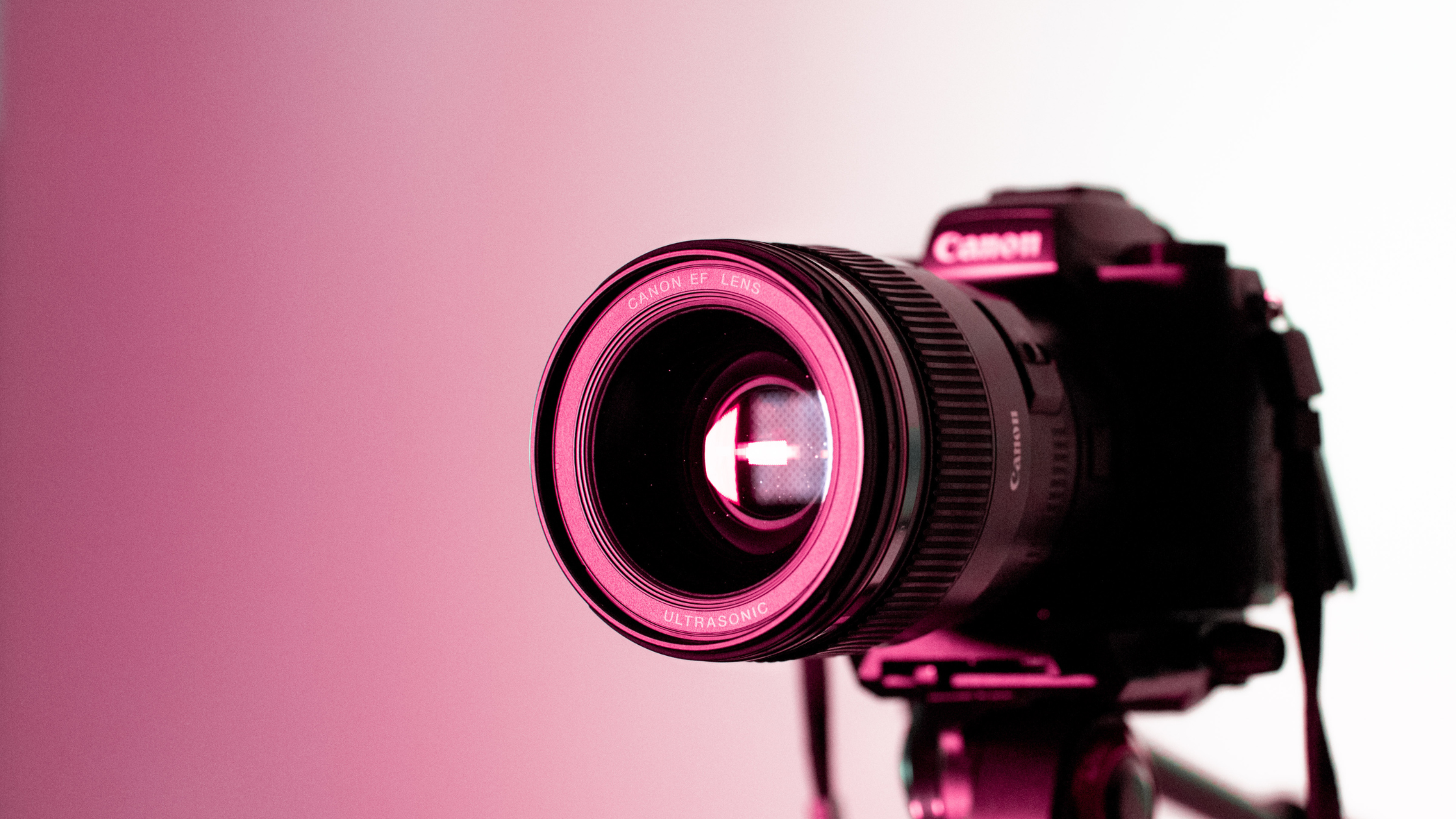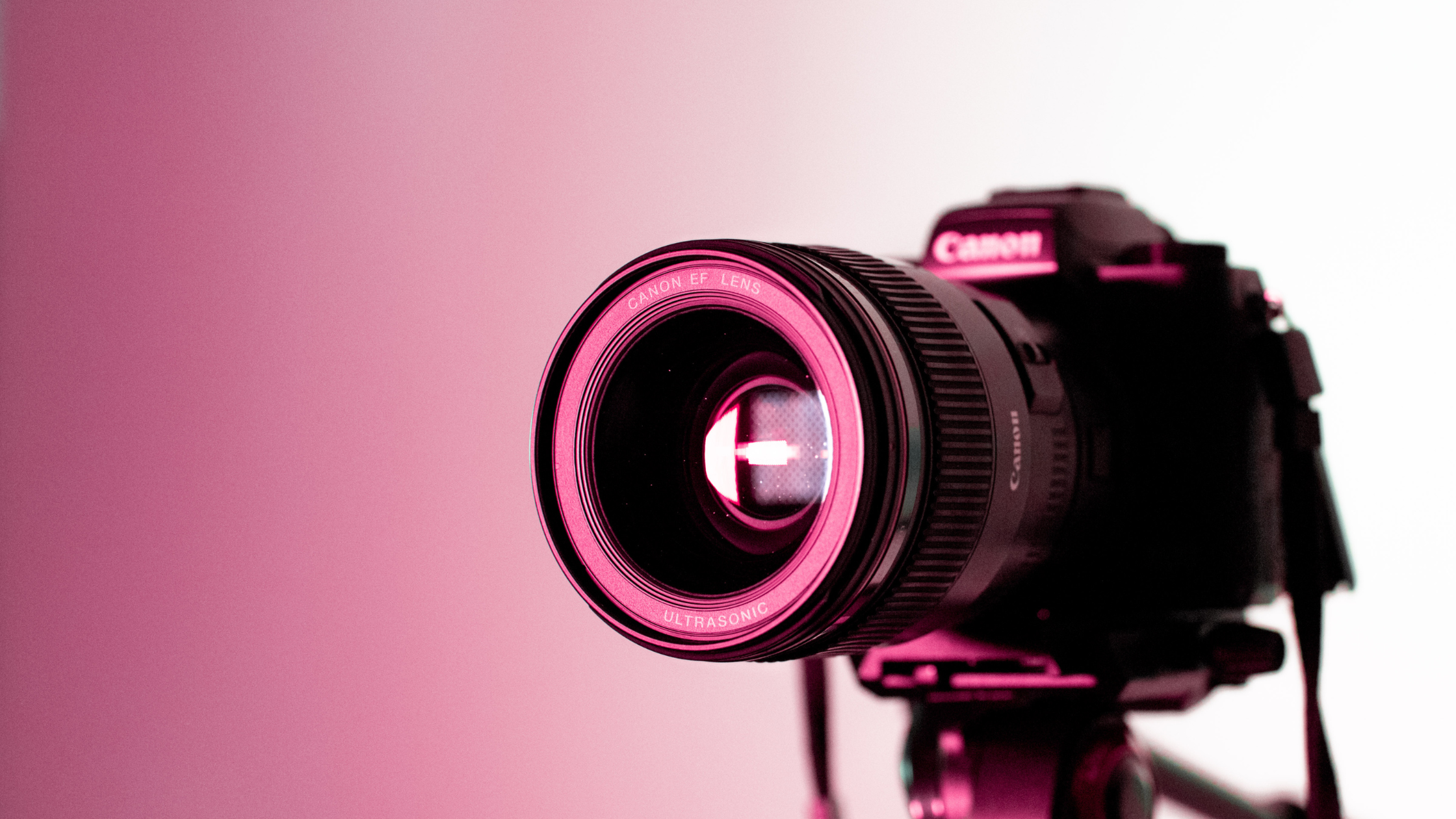Visitors have accessed this post 108 times.
How to shoot aperture mood:
Aperture mode, also known as aperture priority mode, is a crucial shooting mode in photography that allows greater control over depth of field. By understanding and employing this mode effectively, photographers can unleash their creativity and capture stunning images.
1: Understanding Aperture Mode:
Aperture mode, denoted as “A” or “Av” on the camera dial, empowers photographers to manipulate the camera’s aperture while the camera automatically adjusts the shutter speed to achieve a proper exposure. Aperture is represented by an “f-number” or “f-stop” on the camera, indicating how wide the lens opening is. A lower f-number creates a larger aperture, resulting in a shallower depth of field and a more blurred background.
2: Controlling Depth of Field:
Depth of field refers to the range in an image that is in sharp focus from foreground to background. In aperture mode, you control depth of field primarily by adjusting the f-stop. A wider aperture, such as f/1.8, will yield a shallower depth of field with a blurred background, perfect for isolating a subject. Conversely, a smaller aperture, like f/16, will result in a deeper depth of field, rendering more elements in focus.
3: Consider the Subject and Composition:
When shooting in aperture mode, it’s essential to consider the subject and desired composition. If the subject is a portrait, a wider aperture can create pleasing bokeh, while landscapes may benefit from a smaller aperture that maintains sharpness throughout the entire frame.
4: Assessing Lighting Conditions:
Properly exposed images depend on getting the correct amount of light into the camera. Aperture mode allows photographers to prioritize the aperture setting while the camera adjusts other parameters automatically. However, it is crucial to consider the lighting conditions to ensure the camera’s automatic adjustment does not result in over or underexposure.
5: Balancing Aperture and ISO:
While aperture mode primarily controls depth of field, it is important to maintain balance with other camera controls. ISO, for instance, affects the camera’s sensitivity to light. In low light situations, increasing ISO can help achieve a correct exposure even with a smaller aperture.
6: Utilizing Exposure Compensation:
Aperture mode enables photographers to quickly compensate for exposure errors, allowing them to fine-tune the image’s brightness. By employing the exposure compensation feature, one can easily brighten or darken the image, depending on the desired artistic effect.
7: Dealing with Moving Subjects:
Shooting in aperture mode may present challenges when capturing moving subjects. To ensure sharp focus, consider using a faster shutter speed to freeze the subject’s motion while maintaining the desired depth of field. Adjustments in ISO, as well as continuous autofocus, can also be useful in such situations.
8: Bracketing for HDR Photography:
Aperture mode also facilitates capturing multiple exposures for High Dynamic Range (HDR) photography. By bracketing, shooting a series of images with different exposures, photographers can merge them later to achieve a greater dynamic range and detail in their final images.
9: Experimenting and Learning:
Shooting in aperture mode offers immense creative opportunities to photographers and encourages experimentation. While understanding the basic principles is vital, it is equally important to test different aperture settings, observe the resulting effects, and learn from the experience to refine one’s skills further.
Shooting in aperture mode empowers photographers to control depth of field while leveraging the camera’s automatic adjustments for proper exposure. By understanding the fundamentals, assessing lighting conditions, and considering factors like composition and subject, one can capture stunning images with a variety of aesthetic effects. Through knowledge, practice, and experimentation, photographers can master aperture mode and expand their creative vision in the realm of photography.
